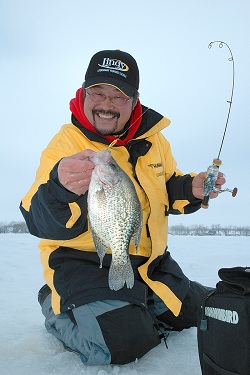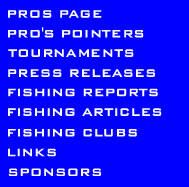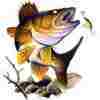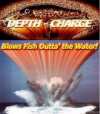There’s nothing like a midwinter fish fry with crappie fillets as the main course–unless it’s catching them in the first place. A day on the ice nabbing one crappie after another is enough to thaw anyone’s chilly mood. It’s a sure cure for that bad case of cabin fever.
But crappies are no sure bet through the hard surface. They’re constantly on the move looking for food. Finding them can work up an appetite.
Still, Greg Bohn, a long-time guide and fishing educator, looks forward to the challenge of finding crappies on the natural lakes and reservoirs near his home in Minocqua, Wis. On both types of waters, crappie are generally keying on insect larvae as their primary food source. The bugs-to-be are near soft-bottom areas holding close to cover.
Reservoirs
Flats are the first place Bohn checks in reservoirs. He looks for 10 feet of water or less. “They are usually nothing but mud once you get out of the main river channel,” he says. “There are lots of snags. Crappies love to be in those snags and there’s a lot of food. Mayflies are a top priority.”
This combination of factors often put reservoir crappies in bays where safe ice forms first. They are also predictably near the bottom. But they are constantly on the move looking for insect larvae. Here today, gone tomorrow. Stay on the move and drill lots of holes.
“Spread out your holes, and lines, so you can cover a large area,” Bohn advises. “You’ll find huge sections with no fish. They find the larvae, they gobble them up and they move on. You’ve got to stay on the move with the fish. Where they were a day or a week ago, they may be gone.”
Stay put a while when you connect with one or two fish. More crappies are bound to be in the neighborhood.
As time passes, crappies slide down to deeper water later in winter. Check the channel, especially bends where brush collects. They’ll stay deep until it’s time for them to start moving shallow before spawn. That’s long after ice out.
Because Wisconsin allows three rods per angler, Bohn can vary approaches to nab reservoir fish.
A favorite tactic of his is a bobber rig. This is no surprise, since Bohn is known as a slip-bobber expert. To increase visibility from a distance, he uses rod holders to hold rods with a black bobber against the white background of ice and snow, a plain hook and a small minnow all set to be within a foot or two of the bottom. Use a tiny 00 blade above the hook. The flash from the blade will entice crappies as the minnow swims.
Chrome/holographic spoons, like Lindy’s Rattln’ Flyer Spoon, are a great choice for jigging. He likes to dress them with tiny plastic tails. The wedge shape is one of his favorites. It comes to a thin, tiny point that quivers in a way that’s hard for crappie to resist. He threads the plastic onto the hook so it is bent in the shape of a V. Bohn said the bend seems to play a part in whether crappies will strike or not. If you don’t have luck, try changing the angle of the bend slightly and see what happens. For colors, Bohn prefers white, glow, and chartreuse.
Natural Lakes
Lakes are a different situation. Weeds are the main cover within the bays in 8 to 10 feet of water. The reason is the same. Weeds grow over soft bottoms where the insect larvae live. Search out green weeds that are still giving off oxygen. Crappies will be on the edges or just inside coontail or cabbage weeds. They may show a preference for one type of weed.
Crappies will often stay in weedbeds all winter long. The trick is that they will use the entire water column. Bohn uses a plastic-dressed spoon and a tactic called “the drop,” a common practice for guides in his area. Start jigging right under the ice and slowly drop down to the bottom. “Quiver it as you lower it down an inch at a time,” Bohn said.
 |
When a crappie takes it, you may not feel a thing. Watch for slight slack or a twitch in the line as you are lowering the spoon. Set the hook whenever you see it to avoid missing strikes. If you are able to see down the hole, you might see the silver of your spoon, then blackness and silver again. You just missed a fish, it’s that quick.
Got the winter blues? A trip on the ice to gather a fish fry of crappie fillets will put a smile on your face.
|
|







